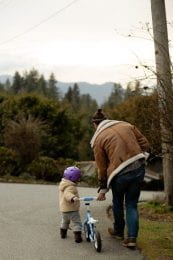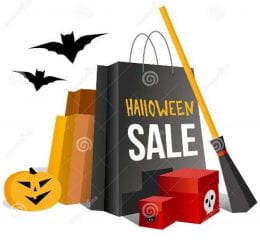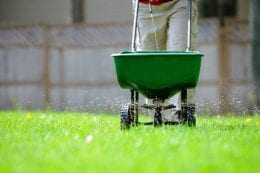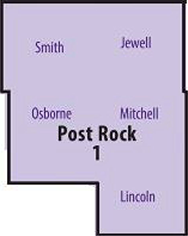Fall is here which means we will soon have an abundance of leaves. Leaves 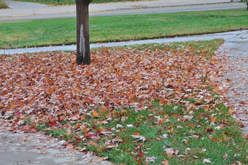 will rapidly fall from deciduous trees, so it’s a good time to stop and think about options for handling the litter. Although a scattering of leaves won’t harm the lawn, excessive cover prevents sunlight from reaching turfgrass plants. Turf left in this state for an extended period will be unable to make the carbohydrates needed to carry it through the winter.
will rapidly fall from deciduous trees, so it’s a good time to stop and think about options for handling the litter. Although a scattering of leaves won’t harm the lawn, excessive cover prevents sunlight from reaching turfgrass plants. Turf left in this state for an extended period will be unable to make the carbohydrates needed to carry it through the winter.
There are options for dealing with the fallen leaves other than bagging them up and putting them out for the trash collector. Composting is a great way to handle the refuse. Compost can then be used in the vegetable garden and flowerbeds.
An even easier method of making good use of the leaves is direct incorporation in either vegetable gardens or annual flower beds. Use a lawn mower with a bagging attachment to chop and collect the leaves. Transport them to the garden and apply a 2- to 3-inch layer of leaves on the surface of the soil and then till them in. Repeat the process every couple of weeks until you run out of leaves or the weather becomes too cold or the soil becomes too wet.
Another option is to mow the leaves with a mulching mower and let shredded leaves filter into the turf canopy. This method will be most effective if you do it often enough that leaf litter doesn’t become too thick. Mow while you can still see grass peeking through the leaves.
You may wonder whether this practice will be detrimental to the lawn in the long run. Research at Michigan State University in which they used a mulching mower to shred up to about one pound of leaves per square yard of lawn (one pound is equal to approximately 6 inches of leaves piled on the grass) for five consecutive years, found no long-term effects of the shredded leaves on turf quality, thatch thickness, organic content of the thatch, or soil test results (pH, nutrients, etc.). If you mow leaves and have a cool-season lawn, it makes sense to be on a fall nitrogen fertilization program and core-aerate in the fall (things you should be doing anyway). If you have a warm-season lawn, you can still use this technique but wait to fertilize and core-aerate until next late May or early June.
By: Cassie Homan
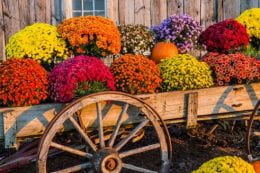 er sure sign that fall is right around the corner is the arrival of colorful and beautiful fall mums in garden centers.
er sure sign that fall is right around the corner is the arrival of colorful and beautiful fall mums in garden centers.